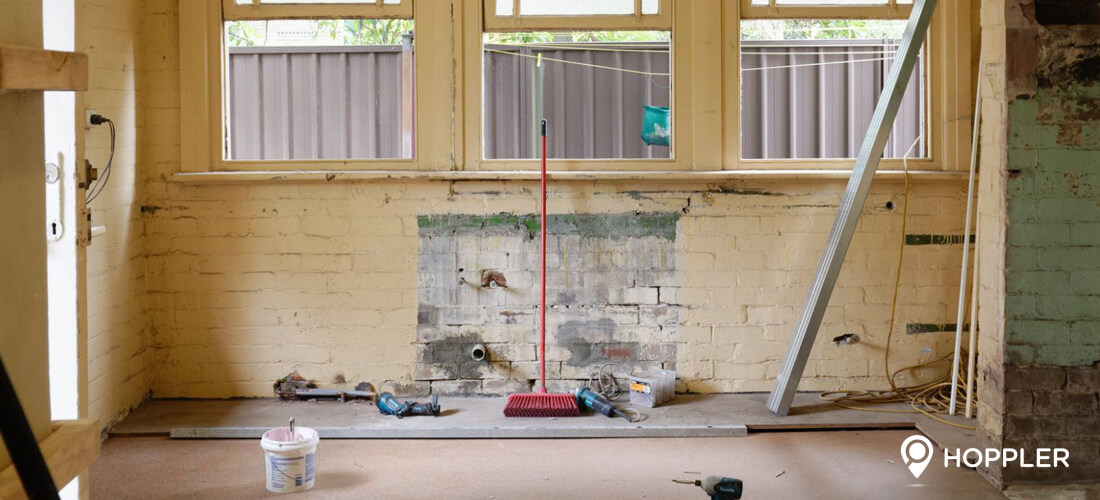Best Investments in the Philippines: Ways To Invest Your Money In 2020 and Beyond
If you have extra cash lying around and don’t know what to do with it, don’t go to the mall just yet and blow it off on a new phone, or go to the bank to deposit it and let it sit. Have that money work for you by investing it. Below, we’ll give you more information about the best investments in the Philippines depending on your goals.
Short-Term Goals
There are short-term savings goals such as saving for travel or emergency fund. If you’re planning to get the money back in less than three years, it’s good to invest in lower risks and liquid investments.
- Time Deposit (TD)
A type of savings account, time deposit earns at a fixed interest rate until it reaches its maturity. If you plan to withdraw the fund sooner than the agreed maturity date, this is called pre-termination, and the fund is subjected to penalty fees. The fees are usually 75 percent of the gained interest and are deducted from the fund. The interest rate for time deposits varies from 1.5% to 4% depending on the bank, and on the length of maturity. The longer the maturity term, the higher the interest rate.
- Money Market Funds (MMF)
MMFs are suitable for new players and cautious investors who would like to earn something better than saving accounts and time deposits. The assets are placed in government or corporate bonds, and other short-term securities that are risk-free.
Medium-Term Goals
Medium-term goals include saving up for your house or car’s down payment. Putting your money in a mix of safe and risky investments is ideal for your medium-term savings goals and can also be liquidated in less than ten years.
- Balanced Funds
Balanced funds, often referred to as hybrid funds, allows an investor to own stocks as well as bonds. It gained the “balanced” nickname because it maintains a constant equilibrium between the two asset classes, typically putting around 60 percent of the assets in stocks and 40 percent in bonds.
- Equity UITFS
Equity UITFs (unit investment trust funds), the ideal choice for aggressive medium-term investors are 100 percent stocks, which make it a higher risk and higher-yielding investment compared to the balanced funds.
Equity UITF is also different from stock market investment. The latter requires you to purchase stocks from the Philippine Stock Exchange and generate your portfolio. If investing in equity UITF, there are investment fund managers that will manage the stock pool for you.
- Pag-IBIG MP2
A savings program of the government, Pag-IBIG Modified Pag-IBIG II (MP2) enables its members to put in at least 500 pesos monthly for five years. Why is Pag-IBIG MP2 on the list? Because of its dividend rate, which has risen up to 3.53 percent since its start in 2010. The development of this fund has been on a growing trend over the years.
Long-term goals
A nest-egg for retirement or funding your child’s tuition is considered to be a long term savings goal. Although these long term goals are far into the future, starting early is wisest. Time is the most precious asset in long-term investments. You can take on more risky investments if you plan to invest more than ten years.
- Real Estate
An excellent hedge against inflation is in real estate investment. Property investments have been and will always be a growing industry. Fluctuating markets can never affect real estate because property value will only increase over time. Unlike stocks, investing in properties has no opportunity of falling randomly to zero overnight.
Unlike before, when investors only considered residential houses and agricultural land as the only suitable types of real estate investment, there are now a lot of memorial lots for sale and they’re becoming increasingly popular as they see a high return.
- Stocks
For as low as 5,000 pesos, you can purchase shares from publicly listed companies and become a shareholder. You gain money when buying stocks at a low price and then selling them at a greater price. Because of this, the stock market enables you to make a more significant return on investment. However, prices on the stock market go up and down quite easily. If the cost of the market goes down, you will lose money. By placing funds in separate stocks and putting only a part of your profits to invest in stocks, you can reduce the risks.
If you’re equipped with the necessary knowledge for investing, there is no reason to shun and stay away from it. You need to note that not everyone’s the same when allocating resources. It relies on what your goals are and the risks you’re willing to take. Aligning your investments with your goals and adhering to your strategy is critical. Remember three things: invest, keep your goals in mind, and start early.
Looking for properties? Click here. Looking to sell or rent out your property? Click here. Just browsing? Check our listings:



